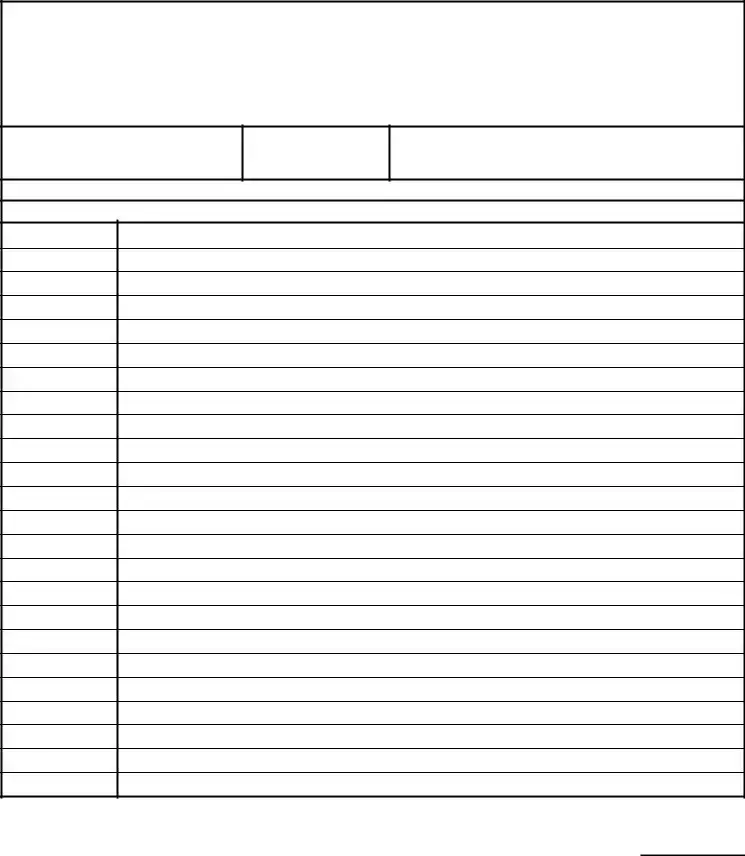What is the purpose of the Security Guard Daily Report?
The Security Guard Daily Report is used to document the daily activities and observations of a security officer on duty. This report helps ensure accountability and provides a record of incidents, patrols, and any security checks performed during a shift. It serves as a vital communication tool between security personnel, supervisors, and law enforcement when necessary.
What information should be included in the report?
The report must contain specific details such as the site name, date, the name of the security officer, and the time of the shift. It is essential for the security officer to log each patrol and any security checks performed, along with a description of relevant incidents, such as fire, vandalism, or theft. Such information is crucial for monitoring security operations and addressing potential risks.
How often should a report be filled out?
What should a security officer do in case of an incident?
In the event of an incident, such as fire, vandalism, or theft, the security officer must report the situation to the police immediately. Additionally, the supervising officer must be notified without delay. Prompt reporting can assist in a quicker response and help safeguard property and people.
Is the report required to have a signature?
Yes, the report must be signed by the security officer who completed it. This signature verifies that the information provided is accurate to the best of their knowledge. It also holds the officer accountable for the observations and actions recorded within the report.
Can the report format vary from one site to another?
While the basic structure of the report may remain similar across different sites, specific formats can vary depending on the security policies and regulations of each organization. However, all reports should consistently document key components like daily activities, actions taken, and any incidents to maintain a clear record of security operations.
How can the report help improve security measures?
By maintaining a thorough and accurate record of daily activities, the report provides valuable insights into security operations. Analyzing patterns and incidents documented in these reports can inform security planning and improvements. This data-driven approach enables organizations to enhance their security strategies, ultimately creating a safer environment.

